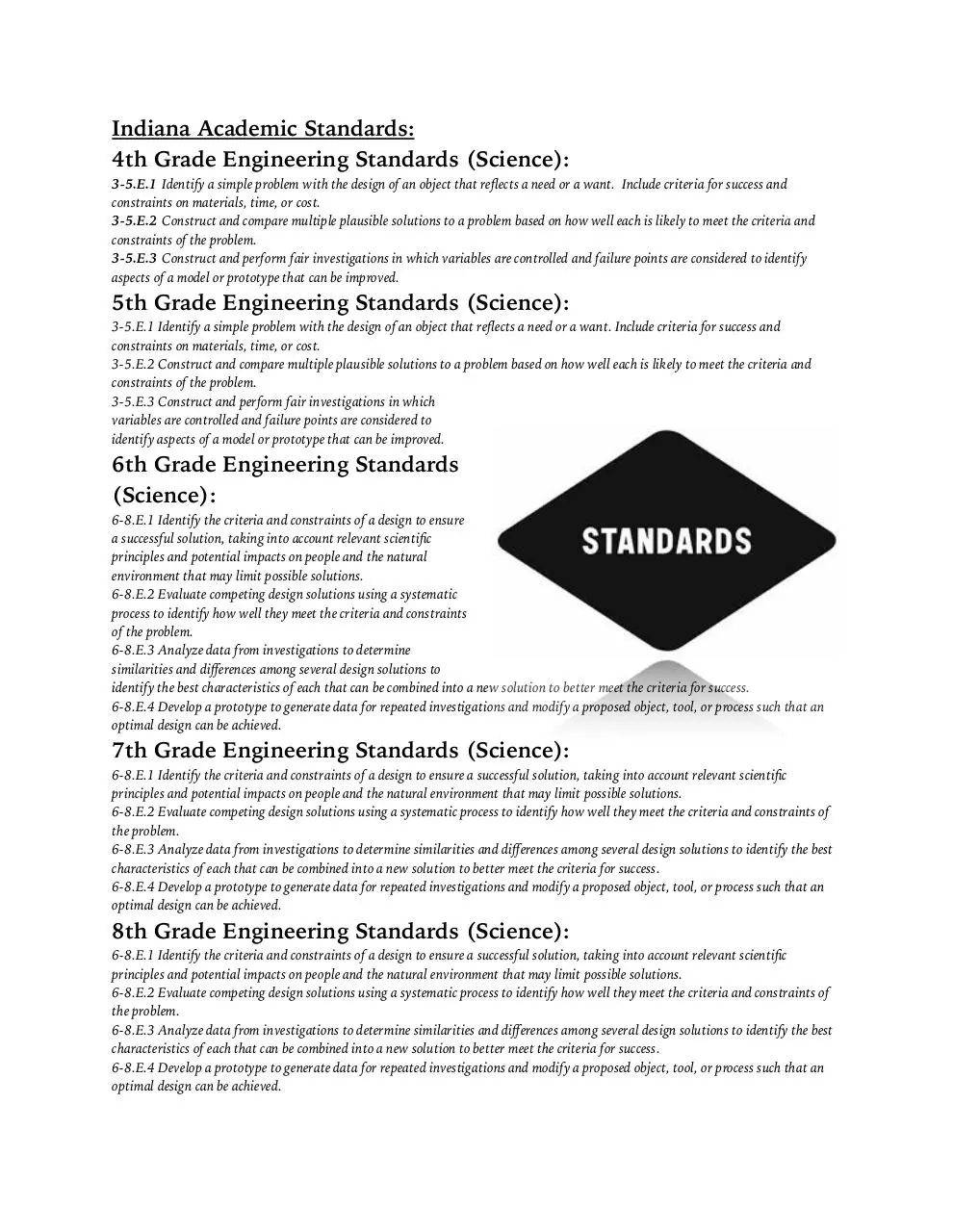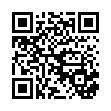Service Learning Lesson Plan (PDF)
File information
Title: RacetoFightHunger-2.pages
Author: Sonny Moore
This PDF 1.3 document has been generated by Pages / Mac OS X 10.11.6 Quartz PDFContext, and has been sent on pdf-archive.com on 18/07/2017 at 14:21, from IP address 12.180.x.x.
The current document download page has been viewed 273 times.
File size: 642.04 KB (12 pages).
Privacy: public file





File preview
Saints Francis & Clare Catholic School
Little 500
Race to Fight Hunger
Unit Objectives:
• Create awareness of hunger in Indiana, and more specifically Johnson County.
• Allow students to explore engineering skills.
• Encourage students to spend time on service to his/her community.
Big Picture Overview of Unit:
• Students will be designing their own Little 500 Derby Car for Race Day!
• It will be up to individual grade levels to decide on how much class time will be
allocated to work on cars!
• Parent involvement is subject to
teacher team discretion.
• These cars will be designed
using the Pinewood Derby
Specifications of Boy Scouts of
America.
• Day of race will be determined
later.
• Students may have their own car
to race; however, they may also
form Race Teams of up to three
individuals.
• Race Teams will go out to seek
sponsorships from the community,
which will be cans/boxes of food for the Saints Francis & Clare Food Pantry.
• Goal for each grade level is to collect “500” cans of food!
• Students may purchase derby kits or build from scratch, but cars will need to be build
and based on Pinewood Derby Specifications of Boy Scouts of America.
Indiana Academic Standards:
4th Grade Engineering Standards (Science):
3-5.E.1 Identify a simple problem with the design of an object that reflects a need or a want. Include criteria for success and
constraints on materials, time, or cost.
3-5.E.2 Construct and compare multiple plausible solutions to a problem based on how well each is likely to meet the criteria and
constraints of the problem.
3-5.E.3 Construct and perform fair investigations in which variables are controlled and failure points are considered to identify
aspects of a model or prototype that can be improved.
5th Grade Engineering Standards (Science):
3-5.E.1 Identify a simple problem with the design of an object that reflects a need or a want. Include criteria for success and
constraints on materials, time, or cost.
3-5.E.2 Construct and compare multiple plausible solutions to a problem based on how well each is likely to meet the criteria and
constraints of the problem.
3-5.E.3 Construct and perform fair investigations in which
variables are controlled and failure points are considered to
identify aspects of a model or prototype that can be improved.
6th Grade Engineering Standards
(Science):
6-8.E.1 Identify the criteria and constraints of a design to ensure
a successful solution, taking into account relevant scientific
principles and potential impacts on people and the natural
environment that may limit possible solutions.
6-8.E.2 Evaluate competing design solutions using a systematic
process to identify how well they meet the criteria and constraints
of the problem.
6-8.E.3 Analyze data from investigations to determine
similarities and differences among several design solutions to
identify the best characteristics of each that can be combined into a new solution to better meet the criteria for success.
6-8.E.4 Develop a prototype to generate data for repeated investigations and modify a proposed object, tool, or process such that an
optimal design can be achieved.
7th Grade Engineering Standards (Science):
6-8.E.1 Identify the criteria and constraints of a design to ensure a successful solution, taking into account relevant scientific
principles and potential impacts on people and the natural environment that may limit possible solutions.
6-8.E.2 Evaluate competing design solutions using a systematic process to identify how well they meet the criteria and constraints of
the problem.
6-8.E.3 Analyze data from investigations to determine similarities and differences among several design solutions to identify the best
characteristics of each that can be combined into a new solution to better meet the criteria for success.
6-8.E.4 Develop a prototype to generate data for repeated investigations and modify a proposed object, tool, or process such that an
optimal design can be achieved.
8th Grade Engineering Standards (Science):
6-8.E.1 Identify the criteria and constraints of a design to ensure a successful solution, taking into account relevant scientific
principles and potential impacts on people and the natural environment that may limit possible solutions.
6-8.E.2 Evaluate competing design solutions using a systematic process to identify how well they meet the criteria and constraints of
the problem.
6-8.E.3 Analyze data from investigations to determine similarities and differences among several design solutions to identify the best
characteristics of each that can be combined into a new solution to better meet the criteria for success.
6-8.E.4 Develop a prototype to generate data for repeated investigations and modify a proposed object, tool, or process such that an
optimal design can be achieved.
Objectives:
Listen attentively when your teacher explains Forces and Motion with your class!
Build an awesome race car with a cool paint scheme that follows the rules from
above!
3. Create a trifold board advertising your race team and team colors.
• Trifold board should include team name, team colors, group member names.
• Trifold board should outline the science concepts learned in this unit with
drawings and annotations, which includes many of the vocabulary terms
in this packet.
• Trifold board should ask other students to sponsor your team by donating
canned food!
• Trifold board should include steps taken to create your race car like drawings,
sketches, sanding, painting, pictures….
4. It is the team’s responsibility to bring in tools and consumables to work with at
school!
5. As a grade level, our goal is to collect 500 cans for the Food Pantry!
1.
2.
Car Dimension Rules
•
•
•
•
The overall length of the car shall not exceed 7 inches.
The overall width of the car shall not exceed 2 ¾ inches.
The car must have 1 ¾” clearance between the wheels.
The car must have 3/8” clearance underneath the body so it does not rub on the track.
Derby Car Weight Rules
•
•
The car shall not exceed 5.0 ounces.
The official race scale that is used at car check-in shall be considered final.
Car Modifications Not Allowed
•
•
•
The official pine wood block must be used. The block may be shaped in any way that is
desired.
Official BSA wheels must be used. The wheels may not be cut, drilled, beveled or
rounded. You may remove the seams and imperfections from the wheels.
The axles may be altered, polished and lubricated.
Other Pinewood Derby Race Rules
•
•
•
•
Once a car passes inspection and is entered into the race, only race committee members
can touch it.
If the car loses a wheel, or is otherwise damaged, the racer shall have 5 minutes to
make repairs.
Each car must pass inspection by the official inspection committee before it will be
allowed to compete.
The Inspection Committee has the responsibility to disqualify those cars that do not
meet these rules.
Race Team Information Part #1
Racing Team Name:_________________________________________________________________
Race Team Members:____________________________,____________________________________
____________________________,____________________________________
Team Color Scheme
Race Team Information Part #2
Car Specifications
Car Color:_____________
Car Weight:_____________
Car #:__________
Car Length:______________
Car Width:______________
Car Wheel Base:_______________
Car Color Scheme
Car Profile Page
*On the following pages, draw a 1:1 scale of your race car.
**Provide a side profile drawing, top, and rear view!
Team Sponsorship Goal
Our race team’s goal is to earn __________ cans of sponsorship!
Download Service Learning Lesson Plan
Service Learning Lesson Plan.pdf (PDF, 642.04 KB)
Download PDF
Share this file on social networks
Link to this page
Permanent link
Use the permanent link to the download page to share your document on Facebook, Twitter, LinkedIn, or directly with a contact by e-Mail, Messenger, Whatsapp, Line..
Short link
Use the short link to share your document on Twitter or by text message (SMS)
HTML Code
Copy the following HTML code to share your document on a Website or Blog
QR Code to this page

This file has been shared publicly by a user of PDF Archive.
Document ID: 0000625835.